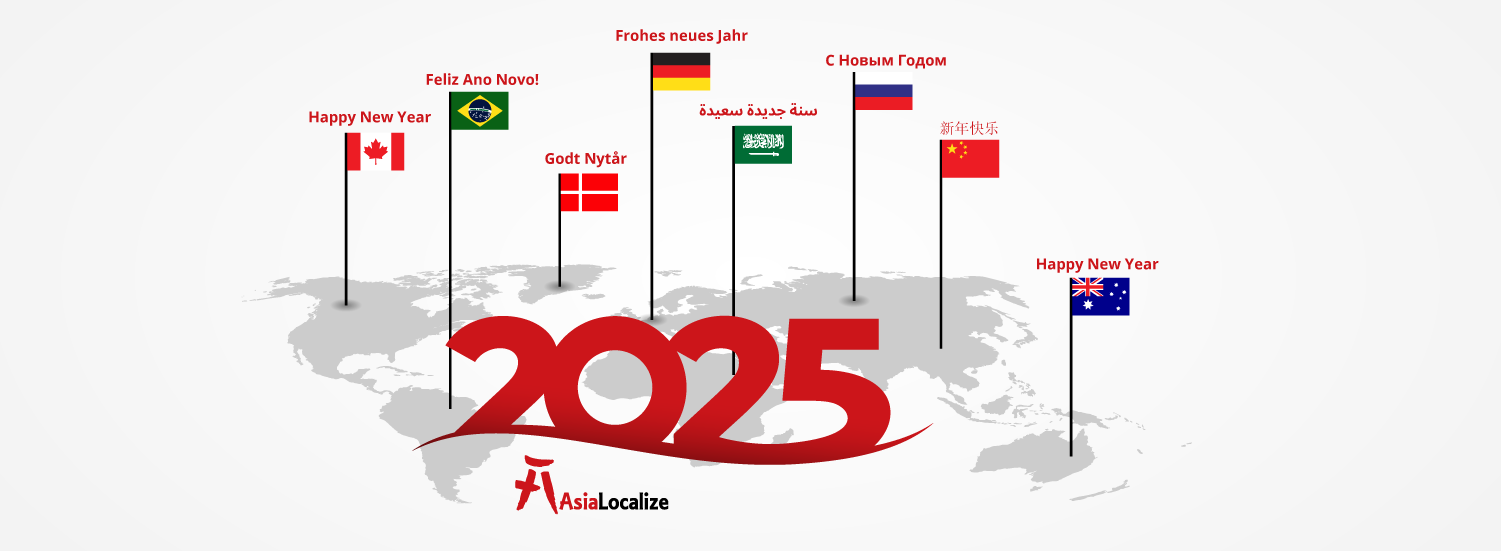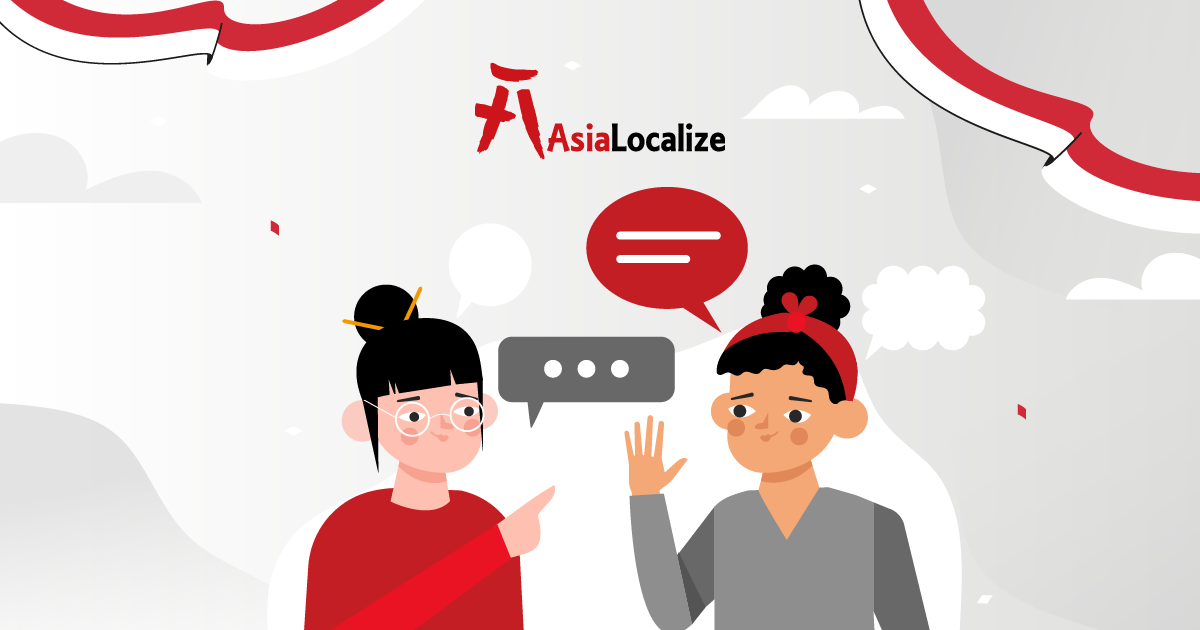As the world becomes more interconnected, eliminating language barriers and communicating on a global base have become increasingly crucial.
And with the rise of the “speed-driven” culture among all international business players and the need to embrace a faster pace and press GO, speedy translations have never been more critical.
It’s no wonder that machine translation has taken on greater importance these days to the point that it is projected to reach $7.5 billion by 2030 (according to Global Market Insights Inc.) And with AI translation coming strongly into play these days, AI and machine translation are often confused with one another.
While they may confusingly seem similar, the two have some critical differences. That’s why we have created this post to help you understand the difference between the two technologies and answer the long-debated question, “Can machine translations and AI translation tools replace human experts?” Ready to explore AI translation vs. Machine Translation?
AI Translation vs. Machine Translation: The Difference
Well, AI and machine translation are two different things.
Machine translation MT, such as Google Translate, relies on pre-programmed software to translate text from one language to another. It uses a set of predefined grammar and vocabulary rules to translate content.
That’s why it may be unable to capture the nuances and subtleties of languages, allowing mistakes to occur and, in some cases, leading to harsh consequences in industries such as medicine and law.
On the other hand, artificial intelligence AI translation tools, such as ChatGPT, use machine learning algorithms to analyze vast amounts of data and learn how to translate text more accurately
Surprisingly, AI can learn from its mistakes and improve over time, which makes it a more efficient and effective tool for translation.
We can say that AI helps machine translation technology be more accurate and produce more reliable results that can continuously improve over time.
And while machine translation is a specific application of AI, the two aren’t interchangeable. AI is a much broader field encompassing many technologies and applications beyond just language translation.
AI translation is generally more reliable when compared to machine translation. It is able to adapt to different types of text and language structures, making it a valuable (and mostly free) tool for businesses (with low budgets) and individuals who need to communicate effectively across different markets and languages.
Types of Machine Translation
There are a multitude of machine translation systems available, each with its own set of advantages and drawbacks. It’s essential to carefully consider each system’s specific strengths and weaknesses before selecting one. Let’s explore in depth:
- Rules-based Machine Translation: This model is based on a set of grammar and linguistic rules and specialized dictionaries to translate content. Unfortunately, it can be limited by its inability to handle complex sentence structures and idiomatic expressions.
- Statistical Machine Translation: This model uses algorithms and statistical systems to identify patterns in both the source and target languages and create much more fluent yet inconsistent results. Still, besides its inability to achieve consistency, it can struggle with low-frequency vocabulary and ambiguous phrases.
- Neural Machine Translation NMT: This model combines artificial neural networks with the statistical model to produce more natural-sounding translations, almost mimicking human translations. The pitfall here is that it constantly requires a large amount of data to keep pace with the intricacies of the translation industry.
- Hybrid Machine Translation: This model brings much more to the table, combining elements of rule-based, statistical, and neural machine translation systems to provide impeccable quality.
The Advantages of Using AI Translation
Wondering if you can use AI translation tools for business purposes? Delving into the advantages of utilizing AI translation tools will enable you to make an informed decision and reap the rewards of this innovative technology. Here are the advantages of using AI translation:
- Speed: One of the most significant benefits of AI translation is the ability to quickly take in large quantities of data in one language and translate them into another (in just a few moments.)
- Cost-effective Solution: AI outperforms human translations in terms of expenses. There is no need to pay for AI translation tools since, most of the time, free versions are readily available, can be found easily on the internet, and can be integrated easily.
- Regular Improvement: The AI’s ability to learn and constantly consume large amounts of data allows it to enhance its proficiency and ability to deal with the intricacies of the translation industry and the subtleties of different languages and industries.
AI and Machine Translation: What is Lost in Translation?
While AI and machine translations come with many benefits for businesses and facilitate communication across languages, they are still flawed, struggling with many aspects we will come across now.
In this section, we will delve into some of these limitations and areas where they still face challenges. Here are the limitations of using AI and machine translation:
- Never Break the Cultural Barriers: Lack of cultural context and nuance is one of the most significant issues of AI and machine translation.
Languages are not just a combination of words and grammar rules but a reflection of the target natives’ culture and values. When a machine translates a piece of text, it usually misses cultural references that typically need a human expert in order to be ideally tackled and reflected in the target language. - Struggle With Many Linguistic Aspects: Idioms, complex sentence structures, and humor are some linguistic aspects that machine struggles to understand and interpret. And that, in most cases, results in awkward and incorrect translations that might offend your target audience and hurt your reputation.
- Vulnerable to Biases: AI is vulnerable to biases just like humans are. These biases can be unintentional since AI collects data from the internet, but they still have the potential to cause harm. That’s why it’s crucial that we continue to monitor and evaluate AI systems to ensure that they are fair and safe for everyone.
- Security Threats: AI and machine translation tools can pose a significant risk to sensitive data, leaving businesses vulnerable to cyber-attacks and data breaches. That’s why it’s crucial to implement strong encryption and monitor network activity if you use machine translation services.
Can Machine Translations and AI Translation Tools Replace Human Translators?
As we can see from the last section, machine translations have come a long way but can’t wholly replace professional human translators. While machine learning is in regular improvement, it still can’t capture languages’ contextual and cultural nuances. That’s why the world still needs professional translators’ expertise and knowledge since only they can understand, capture, and reflect cultural references, idiomatic expressions, and other complexities that are often lost in machine translation. In some fields, such as medicine, law, and marketing, it’s not surprising that machine translation tools can’t be entirely trusted and relied upon. For instance, translating marketing messages needs a great deal of creativity, which will never exist and be present in machines
The Need for Machine Translation Post-Editing Services
After all, only a human translator can produce accurate, reliable, and consistent results. However, if you are tight on time, machine translation can be of great help.
Still, you can’t rely on it in almost all industries, specifically technical and health sectors. And here is where post-editing services come into play, presenting you with a human and machine translation blend.
Machine Translation post-editing services combine the advantages of machine translation and human translation, speeding up the whole process without hurting the quality. By having a human editor, you can be sure that the outcome conveys the intended message in the best manner for the target audience without losing its essence and your brand personality. With professional machine translation post-editing services, you can achieve speedy delivery, exceptional quality, as well as impeccable precision and consistency.
However, you first have to choose your language partner wisely to fulfill all your requirements and needs.
And that’s where AsiaLocalize steps in.
With the help of the most detail-oriented post-editors who catch the slightest errors, we ensure that nothing is missed or overlooked in your translation projects. With AsiaLocalize, you can be confident that your translations are in good hands. Our editors have all been hired based on their qualifications, skills, and long expertise. And that’s not all; they are also trained to utilize the most advanced translation technologies, such as translation software and translation memory, in order to rise up to your highest expectations
Have the perfect human and machine translation blend with AsiaLocalize!






